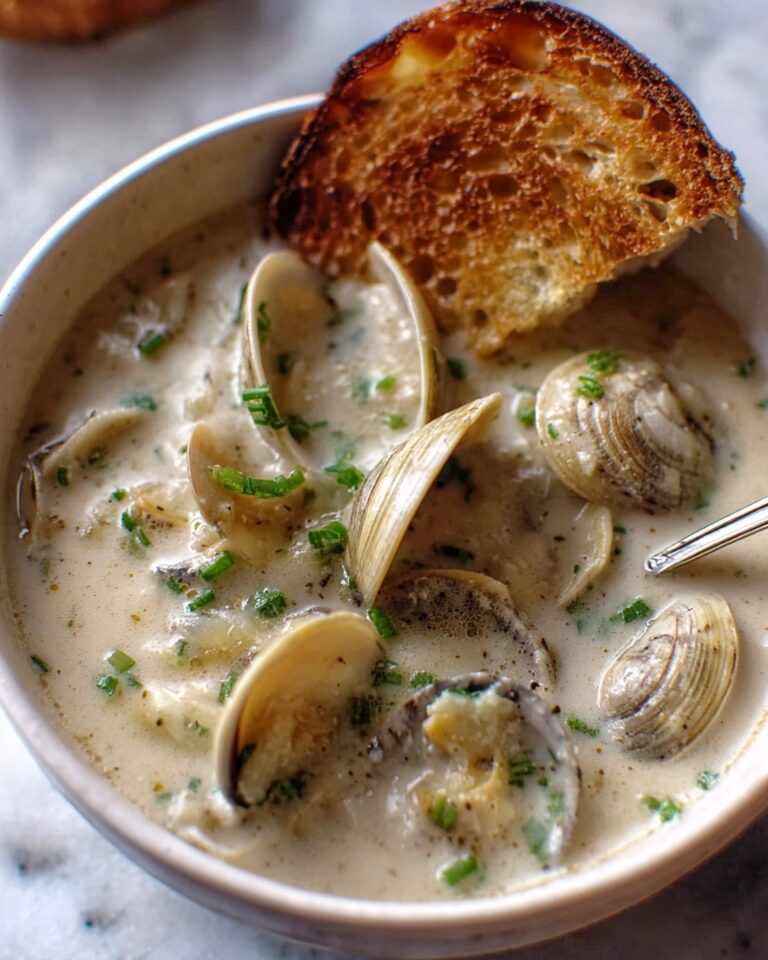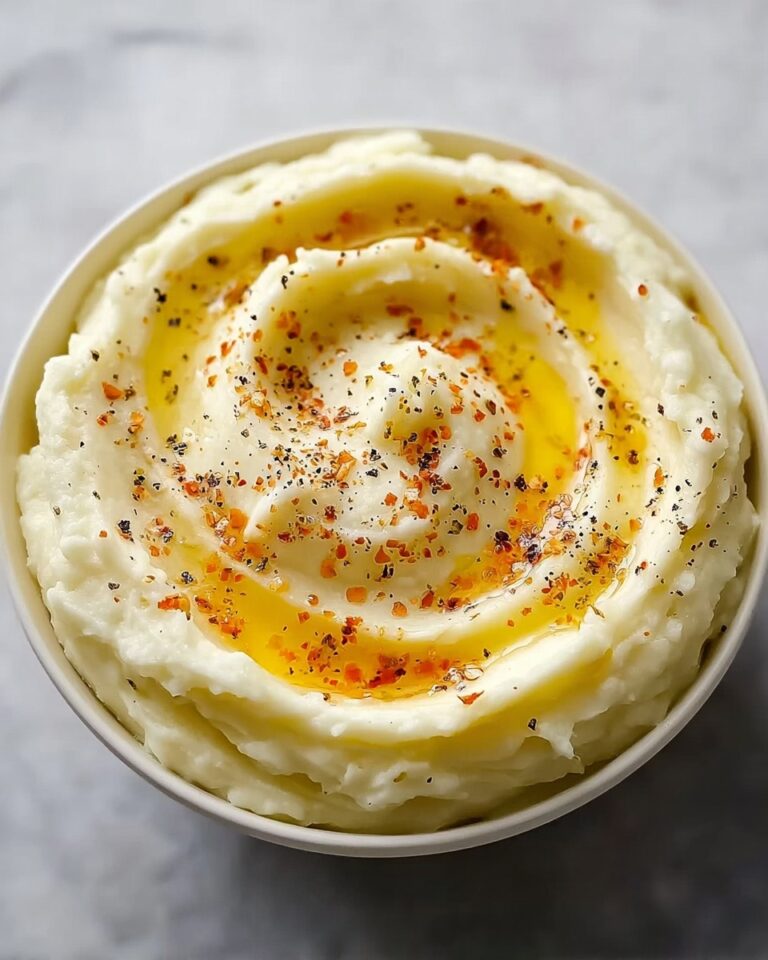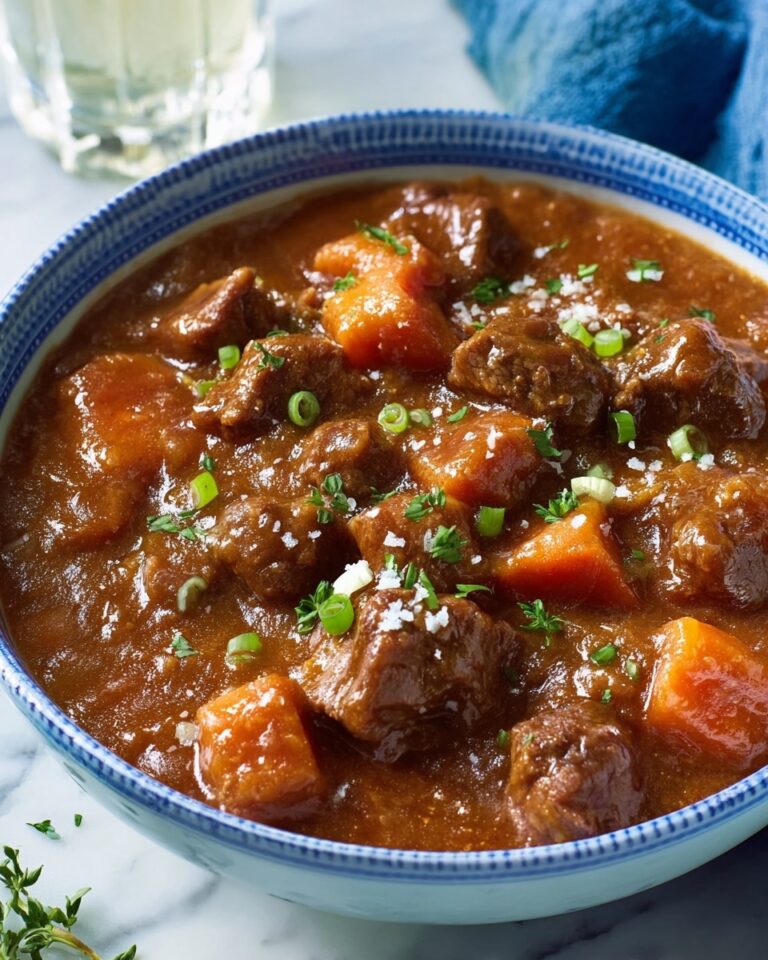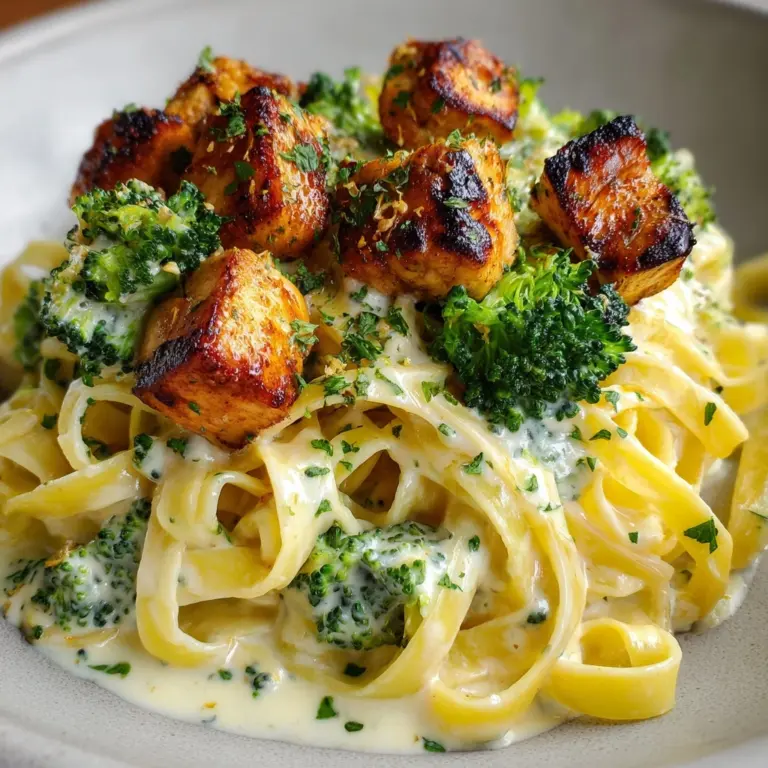If you have ever wondered how to get perfectly tender, flavorful beans without spending hours in the kitchen, you’re in for a treat. This guide to How to Cook Dried Beans Recipe will walk you through the fundamental steps to transform humble dried beans into a versatile kitchen staple. The magic lies in a simple soaking process, a few key aromatics, and patient simmering that unlocks deep, comforting flavors with a creamy texture every time.

Ingredients You’ll Need
With just a handful of essential ingredients, you can elevate plain dried beans into a delicious dish that’s full of flavor and texture. Each ingredient adds a special touch, making this recipe both simple and satisfying.
- 2 lbs dried beans: Choose black, white, or black-eyed beans for great texture and flavor foundation.
- Filtered water: Clean water ensures the purest taste and helps beans cook evenly.
- 2 garlic cloves (pierced): Imparts a subtle fragrant depth during cooking.
- 1 small onion (halved or quartered): Adds sweetness and richness to the cooking liquid.
- 2 bay leaves: Brings a delicate herbal aroma enhancing the beans’ natural nuttiness.
- 1 1/2 Tbsp sea salt: Essential for seasoning and tenderizing beans at the right time.
- 5 1/2 Qt heavy-bottomed pot (Dutch oven): Distributes heat evenly to prevent sticking and promote gentle simmering.
How to Make How to Cook Dried Beans Recipe
Step 1: Presoaking the Beans
Start by soaking your dried beans in plenty of cold filtered water, covering them by at least two inches. This slow overnight soak, anywhere from 10 to 12 hours, allows the beans to rehydrate and expand, which cuts down on cooking time significantly. It also helps reduce some of the compounds that can cause digestive discomfort.
Step 2: Simmer with Aromatics
Drain and rinse the presoaked beans carefully, then place them back into your heavy-bottomed pot. Add the garlic cloves, onion pieces, and bay leaves. Pour in filtered water so it covers the beans by about one inch. Bring the pot to a boil, then lower to a gentle simmer. Keep an eye out for foam forming on the top and skim it off as needed to keep the cooking liquid clear and tasty. For firmer beans, cook uncovered, or cover partially if you prefer a softer, creamier texture.
Step 3: Season and Finish Cooking
After about an hour of simmering, start testing the beans for doneness. When they’re just tender but still bite-worthy (al dente), it’s time to add the salt. The timing here is key because adding salt too early can toughen the skins. Stir in the sea salt and continue cooking until your beans reach your preferred softness. Remember to keep the beans submerged by adding a little more water if necessary, and never drain the cooking liquid as it holds so much flavor.
Step 4: Final Touches
Once your beans are done, remove the aromatics like garlic, onion, and bay leaves before serving or storing. The beans should be rich in flavor with a melt-in-your-mouth texture, making them ready to be enjoyed in countless dishes or eaten as is.
How to Serve How to Cook Dried Beans Recipe

Garnishes
Simple garnishes like freshly chopped parsley, a drizzle of olive oil, or a squeeze of lemon juice can brighten up your cooked beans. These touches add fresh contrast and accentuate the natural, earthy flavors you worked so hard to coax out of the beans.
Side Dishes
Cooked dried beans are extraordinary served alongside rice, quinoa, or roasted vegetables. Their creamy texture pairs beautifully with crispy, salty sides and a fresh green salad for a balanced meal that feels nourishing and hearty.
Creative Ways to Present
You can turn your beans into a variety of dishes, from hearty stews and chilis to smooth bean dips and spreads. Toss them with sautéed garlic and herbs, or add some spice and lime for a zesty bean salad that’s perfect for picnics or potlucks. The possibilities are endless once you master how to cook dried beans recipe.
Make Ahead and Storage
Storing Leftovers
Store cooled beans along with their cooking liquid in an airtight container in the refrigerator. They will stay fresh for up to 4 days, retaining that lovely tender texture and flavor that you can easily reheat for quick meals.
Freezing
To extend their shelf life, portion your beans with some cooking liquid into freezer-safe containers or bags. Frozen beans keep well for up to 3 months, making them an excellent make-ahead ingredient for busy weeks.
Reheating
Reheat beans gently on the stovetop or in the microwave, adding a splash of water if needed to loosen them up. Avoid high heat to prevent drying out, and stir occasionally to warm evenly.
FAQs
Do I need to soak dried beans before cooking?
While soaking isn’t absolutely necessary, presoaking dried beans is highly recommended for a quicker cooking process and improved digestibility. It helps soften the beans so they cook evenly and reduces some compounds that cause gas.
Can I cook dried beans without salt?
You can cook beans without salt, but adding salt towards the end of cooking enhances flavor and improves the texture. Salting at the right time prevents the beans’ skins from becoming tough.
How long does it take to cook dried beans?
After soaking, dried beans typically take about 1 to 1 1/2 hours to cook until tender, depending on the bean variety and freshness. Testing for doneness every 15 minutes near the end helps you avoid overcooking.
Why should I use a heavy-bottomed pot?
A heavy-bottomed pot like a Dutch oven distributes heat evenly and prevents beans from scorching on the bottom. This helps maintain a gentle simmer for perfectly cooked beans and preserves flavor.
Can I add other seasonings to this recipe?
Absolutely! Feel free to experiment with herbs and spices like cumin, smoked paprika, or fresh cilantro after the beans are cooked. Adding acidic ingredients such as tomatoes or vinegar is best done after the beans are tender.
Final Thoughts
Once you master How to Cook Dried Beans Recipe, you unlock a world of delicious possibilities that are both economical and healthy. This timeless method brings out rich, deep flavors while allowing you to tailor texture and seasoning just the way you like. I encourage you to try this simple process—your kitchen will thank you with every tender, flavorful bite.
Print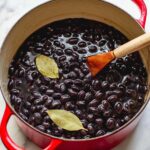
How to Cook Dried Beans Recipe
- Prep Time: 10-12 hours (soaking)
- Cook Time: 1.5 to 2 hours (simmering)
- Total Time: Approximately 12 to 14 hours
- Yield: About 10 cups cooked beans
- Category: Legumes
- Method: Stovetop
- Cuisine: Universal
- Diet: Vegetarian
Description
A straightforward guide to cooking dried beans on the stovetop, including soaking and simmering techniques to achieve perfectly tender beans with infused flavors from garlic, onions, and bay leaves.
Ingredients
Beans
- 2 lbs dried beans (black, white, or black-eyed, etc.)
Flavorings
- 2 garlic cloves (pierced)
- 1 small onion (halved or quartered, or firm green parts from a leek)
- 2 bay leaves
Seasoning
- 1 1/2 Tbsp sea salt (or to taste)
Other
- Filtered water (enough to soak and cook beans)
- 5 1/2 Qt heavy-bottomed pot (such as a Dutch oven)
Instructions
- Presoak Beans: Place the dried beans in a large pot or bowl and cover them with filtered cold water, ensuring the water level is about 2 inches above the beans. Let them soak overnight for 10-12 hours to allow the beans to expand and soften. Afterwards, drain and rinse the beans thoroughly.
- Simmer with Flavorings: Transfer the soaked beans to a large heavy-bottomed pot, add the pierced garlic cloves, halved or quartered onion (or leek greens), and bay leaves. Pour in filtered water until it is approximately 1 inch above the beans. Bring the mixture to a boil, then reduce heat to a low simmer. Maintain a gentle simmer, adding water as needed to keep beans submerged. Skim off any foam that gathers on the surface. For firmer beans, cook uncovered; for softer beans, partially cover the pot.
- Check for Doneness and Salt: Begin testing the beans for doneness after about an hour of simmering. When they’re nearly tender but still slightly firm (al dente), stir in 1 1/2 tablespoons of sea salt or adjust salt to taste. Continue cooking until the beans reach your desired texture. Avoid draining the cooking liquid as it helps keep beans moist and flavorful.
- Final Preparation: Once the beans are fully cooked to your liking, remove them from heat. Discard bay leaves, garlic, and onion pieces if desired. Your perfectly cooked beans are ready to be used in your favorite recipes or enjoyed as a wholesome dish on their own.
Notes
- Soaking beans overnight reduces cooking time and improves digestibility.
- Adding salt only after beans are nearly cooked prevents toughening the skins.
- Skimming the foam helps maintain a clean broth flavor.
- Cooking uncovered results in firmer beans while partially covering produces softer, creamier beans.
- Beans can be stored in their cooking liquid in the refrigerator for up to 4-5 days or frozen for longer storage.


